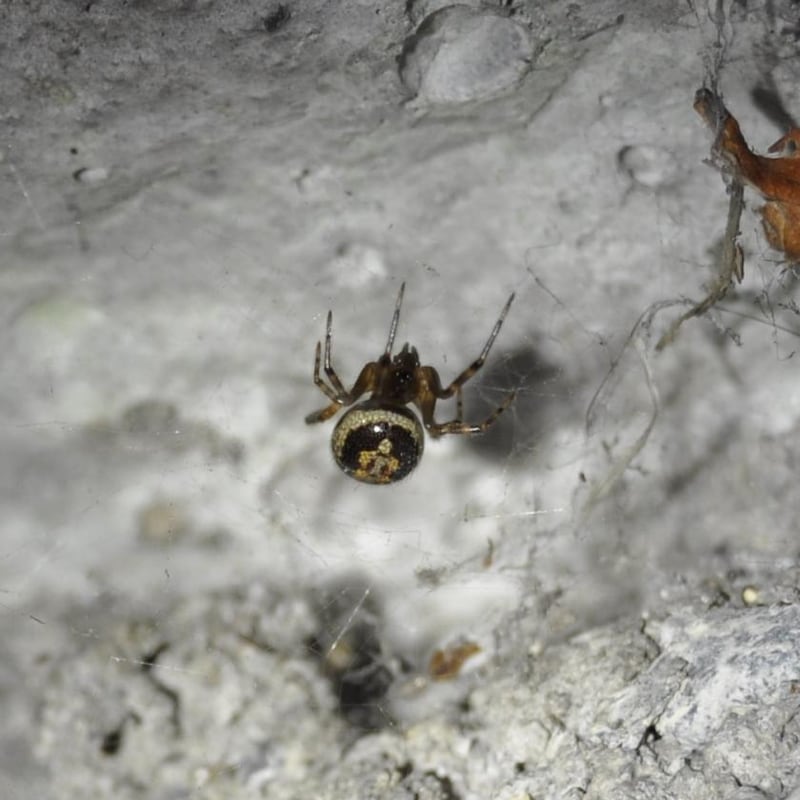An invasive species of spider which is spreading throughout Ireland is much more venomous than was first assumed, researchers at NUI Galway have found.
The noble false widow spider was first spotted in Ireland in 1998 and has been multiplying in number. It is found in most urban areas and has been spotted in 22 counties on the island.
False widow spiders are so called because they resemble the deadly black widow spider, which are more commonly found in the United States, Australia and parts of Asia.
In one incident last year, a Co Waterford woman spent six days in hospital after being bitten by a false widow spider which ran up the inside leg of her jeans.
Since a public appeal was made three years ago, approximately a dozen cases in Ireland of false widow spider bites which needed medical treatment have been brought to the attention of the researchers in NUI Galway.
Symptoms of a false widow spider bite include severe pain at the bite site, stiff limbs, redness and swelling. In some cases the victim can feel feverish.
Scientists at NUI Galway and the University of Liège in Belgium used cutting-edge genetic and protein-based methods to identify the toxins responsible for these symptoms.
Out of a total of 140 toxins recovered, 111 were also found in their infamous cousins the “true” black widows, including latrotoxins, the compounds known to disrupt the central nervous system of vertebrates, including humans.

Researcher John Dunbar, of the venom systems and proteomics lab at NUI Galway and lead author of the study, said the extent to which the black widow and false widow bites are similar was not expected.
“We knew they were related to each other. It was a surprise though to find that so much of their venom is made up of the same toxins,” he said.
Here to stay
It is believed that the spider, which originated in the Canary Islands, first entered Ireland through fruit or exotic plants destined for garden centres. Though their origins are uncertain, it is certain they are here to stay, Mr Dunbar said.
“We didn’t have a problem being bitten by spiders before these arrived. It is safe to say that in Dublin at least they are most common urbanised spider. We are finding them throughout the whole year. They are a symptom of globalisation.
“Because they are an alien species in Ireland, they are very abundant. This is causing a situation where they are moving into people’s houses. We could see an increase in bites because we are seeing an increase in the number of the species. That gives us good reason to see some more severe cases in the future.”
Mr Dunbar said the public need to be aware of the false widow spider and to recognise their bite.
“Although our study shows that the venom of false widow spiders may be more potent than previously thought, it does not mean we need to fear them. In many parts of the world even ‘true’ black widow bites rarely require medical attention.
“However, this new discovery will ultimately help medical professionals to diagnose and treat severe false widow bites.”
Dr Michel Dugon, head of the NUI Galway venom systems lab, said little is known about spider venom and the way toxins act on the nervous system of animals and humans.
“The false widow spider is a new addition to Irish ecosystems and it is here to stay. It is therefore important to learn about its ecology and the potential risks associated with its bite.”





